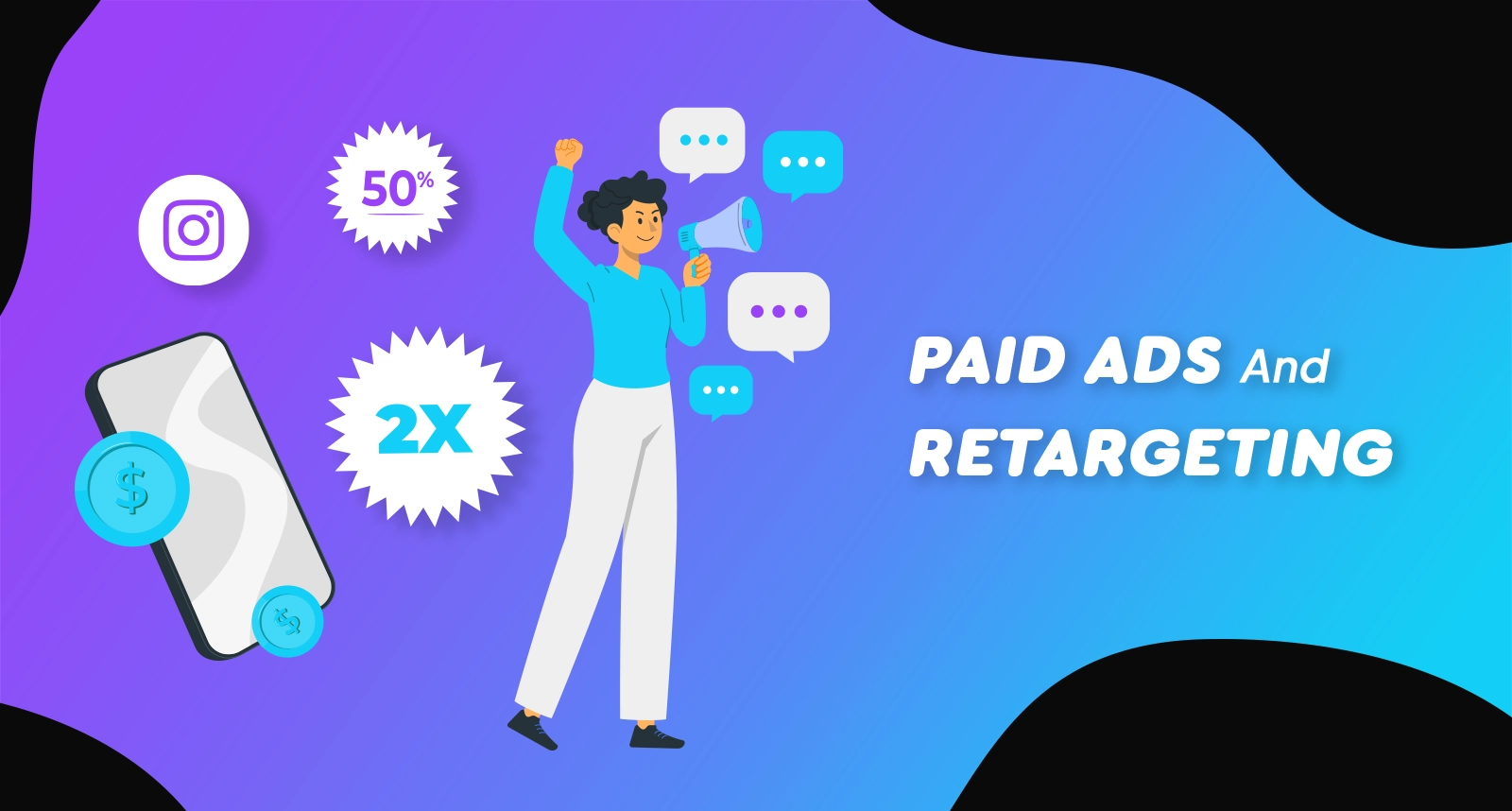Why Growth Marketing Is Transforming Patient Acquisition in the Healthcare Industry?
Home Why Growth Marketing Is Transforming Patient Acquisition in the Healthcare Industry?

By Prashant Ojha
0 comments
December 6, 2025
Why Growth Marketing Is Transforming Patient Acquisition in the Healthcare Industry?
The healthcare industry is undergoing a significant transformation, not only in terms of
medical advancements but also in how providers attract and retain patients. Traditionally
reliant on word-of-mouth referrals and local advertising, healthcare providers are now
embracing a more data-driven, holistic approach known as growth marketing.
Growth marketing—rooted in continuous experimentation, analytics, and personalization—is
rapidly reshaping patient acquisition. From hospitals to specialized clinics and wellness
centers, organizations are using growth strategies to connect more eectively with today’s
digital-first patients.
Understanding Growth Marketing in Healthcare
Growth marketing is a long-term strategy focused on the entire patient journey, not just the
initial appointment. It integrates SEO, content marketing, social media, email automation,
paid ads, and conversion rate optimization to attract, engage, and retain patients.
Unlike traditional marketing, which may focus solely on brand awareness or lead generation,
growth marketing optimizes every touchpoint—from the first Google search to posttreatment follow-up. It’s highly personalized, iterative, and data-driven, making it a perfect fit
for the evolving healthcare landscape.
Why Healthcare Needs Growth Marketing
Here are several reasons growth marketing is proving to be a game-changer in patient
acquisition:
1. Patients Are Digital First
Patients today begin their healthcare journey online—Googling symptoms, checking provider
reviews, and comparing services. Growth marketing ensures that your practice appears in
relevant search results, useful content, and converts visitors into bookings.
Example: A fertility clinic using SEO-optimized blog posts and paid search ads can generate
more qualified leads than relying solely on physician referrals.
2. High Competition in Urban Markets
With multiple healthcare providers in cities and towns, standing out is tough. Growth
marketing leverages hyper-targeted ads, local SEO, and data analytics to identify and reach
ideal patient segments. It ensures you’re not just seen—but chosen.
3. Performance Tracking and ROI Clarity
Traditional healthcare marketing often lacks clarity on which channels actually drive patients.
Growth marketing uses tools like Google Analytics, CRM integrations, and attribution
modeling to track every step a patient takes—from the first ad click to booking an
appointment.
- Personalized Patient Engagement
Growth marketing emphasizes understanding patient behavior and needs through data. For
instance, a cosmetic surgery clinic might use retargeting ads and email funnels tailored to
patients who browsed but didn’t book, increasing conversion rates without aggressive sales
tactics.
5. Increased Trust Through Content
In healthcare, trust is everything. Growth marketing prioritizes value-based content—FAQs,
expert interviews, videos, and testimonials—that educate and reassure patients, building
long-term credibility.
6. Scalability and Automation
Growth marketing uses automation tools to scale communication without losing the personal
touch. Automated appointment reminders, post-visit satisfaction surveys, or wellness tips
help maintain relationships while saving time.
Key Growth Marketing Tactics in Healthcare
Here’s how leading healthcare organizations are using growth marketing :
- Local SEO: Optimizing Google Business Profile, generating patient reviews, and targeting local keywords to dominate search visibility.
- Content Marketing: Creating blog posts, videos, and webinars addressing patient concerns (e.g., “10 Early Signs of Diabetes”).
- Retargeting Campaigns: Showing reminder ads to users who visited your site but didn’t book.
- A/B Testing: Testing headlines, CTAs, and landing pages to improve appointment conversion rates.
- Email Drip Campaigns: Nurturing leads through a series of automated, personalized emails.
- Influencer Collaborations: Partnering with local health influencers to boost trust and visibility.
The Compliance Factor: Navigating Regulations
Healthcare marketing must comply with HIPAA (in the U.S.) or local regulations like India’s MCI
guidelines. Growth marketing doesn’t mean compromising patient privacy. It requires
anonymized data handling, consent-based marketing, and transparent communications—all
of which can be built into campaigns ethically.
Frequently Asked Questions (FAQs)
- What’s the dierence between healthcare marketing and growth marketing?
Traditional healthcare marketing often focuses on brand awareness and one-time campaigns.
Growth marketing is continuous, data-driven, and aimed at optimizing the entire patient
journey—from awareness to loyalty. - Is growth marketing expensive for small clinics?
Not necessarily. Growth marketing is scalable. Small clinics can start with low-cost tactics like
local SEO, content creation, and email marketing before moving to paid ads and automation
tools. - Can growth marketing comply with patient privacy laws?
Yes. Ethical growth marketing prioritizes patient consent, anonymized data, and compliant
communication strategies, ensuring that campaigns respect privacy laws like HIPAA or local
data protection acts. - How long does it take to see results from growth marketing?
Some tactics like paid ads can yield results within weeks, while SEO and content marketing
typically take 3–6 months. Consistency and testing are key. - Which tools are commonly used in healthcare growth marketing?
Popular tools include Google Analytics, HubSpot, Mailchimp, SEMrush, Facebook Ads
Manager, and healthcare-specific CRMs like Salesforce Health Cloud or Practo Ray.













